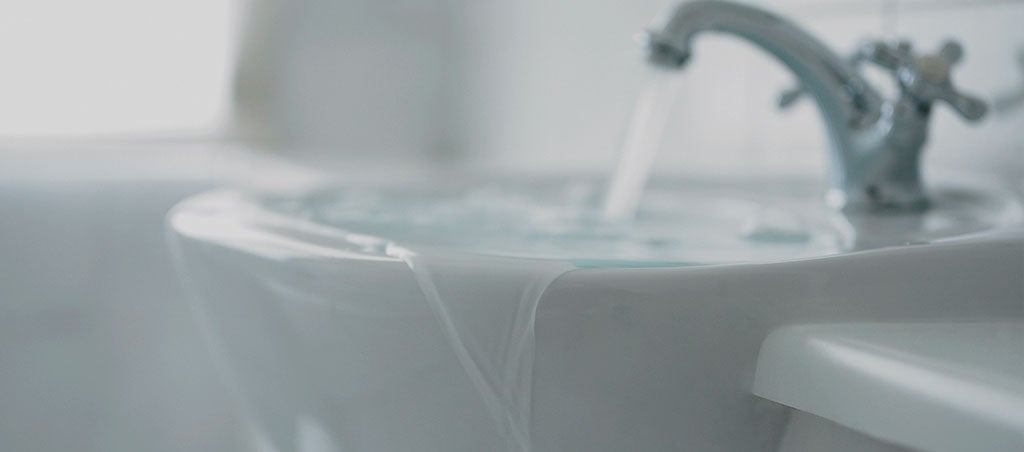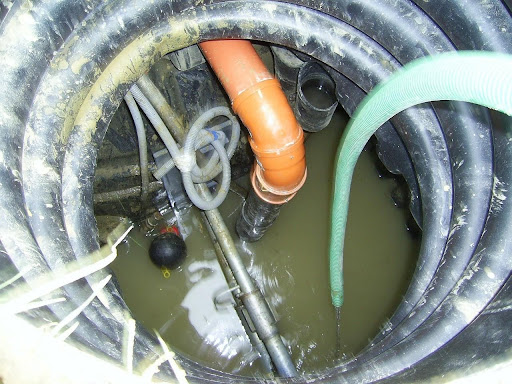Strategies for Dealing with a Blocked Drain Prior to Hiring Plumbing Experts
Strategies for Dealing with a Blocked Drain Prior to Hiring Plumbing Experts
Blog Article
What are your opinions concerning How to handle a clogged drain in your home?

Intro
Managing an obstructed drain can be an aggravating experience, interfering with daily activities and possibly triggering damage to your property. However, before reaching out to plumbing specialists, there are steps you can require to deal with the problem on your own. In this overview, we'll discover DIY solutions and safety nets to tackle an obstructed drain properly.
Determining the Concern
The primary step in attending to a blocked drain is acknowledging the signs. Slow-moving water drainage, gurgling noises, foul odors rising from drains pipes, or water support up prevail indications of a blocked drain. Identifying these indicators early can help protect against further complications.
Typical Root Causes Of Blocked Drainpipes
Comprehending the aspects that add to drain pipes blockages is important for effective resolution. Typical culprits include hair, soap scum, oil, food particles, and foreign objects like hygienic products or paper towels. Tree roots invading below ground pipelines can additionally trigger considerable clogs.
DIY Solutions
For small blockages, several DIY solutions can be effective. Putting boiling thin down the drain can aid liquify oil and debris. Sodium bicarbonate and vinegar or a blend of salt and cooking soft drink can work as natural cleaners. Making use of a plunger or plumbing snake to remove obstructions is one more option.
Tools and Tools
Having the right tools available can make DIY drainpipe cleaning up a lot more effective. A bettor is a functional tool for clearing clogs in sinks, toilets, and showers. A plumbing snake or auger can get to much deeper obstructions, while drainpipe cleansing chemicals can be used carefully for stubborn clogs.
Safety nets
To avoid future obstructions, taking on safety nets is essential. Set up drainpipe guards or strainers to catch hair and debris before they enter the pipelines. Frequently flush drains pipes with warm water to dissolve oil buildup, and stay clear of dealing with oil or solid waste down the tubes.
When to Call an Expert
While do it yourself solutions can resolve small blockages, certain indicators show the requirement for expert aid. Persistent clogs, foul odors in spite of cleaning initiatives, or multiple drains supporting at the same time are red flags that require experienced intervention.
Selecting the Right Plumbing Solution
When choosing a plumbing service, consider elements such as experience, licensing, and client reviews. Pick a trusted plumber with a performance history of high quality handiwork and transparent prices practices.
Cost Factors to consider
The expense of professional drainpipe cleaning company can vary depending on the intensity of the obstruction and the plumbing's prices. Demand quotes from numerous service providers and ask about any added fees to guarantee openness and prevent surprises.
Safety Precautions
When attempting DIY drainpipe cleaning, focus on safety and security. Use safety handwear covers and eyeglasses to prevent contact with unsafe chemicals or bacteria. Never ever blend different drainpipe cleaning products, as this can produce dangerous fumes.
Situation Studies
Real-life examples highlight the performance of DIY options and the relevance of prompt professional treatment in fixing drain obstructions.
Conclusion
By adhering to the suggestions described in this guide, you can properly tackle blocked drains pipes and avoid future plumbing concerns. Whether selecting DIY remedies or seeking expert aid, prompt activity is key to preserving a healthy pipes system and maintaining the honesty of your home.
How to Clear a Clogged Drain Yourself (And When to Call In the Professionals)
What Can Clog a Drain
Dirt Skin flakes Hair Grease Soap scum Food Offset pipes Tree roots Small objects Mineral buildup DIY Tricks to Unclog a Drain
You can fix this! Once you have identified the source of the clog (or have a vague idea), you can try one or a combination of these fixes in order to clear your plumbing.
Wire Hanger or Snake
Untangle and clear out hair from a drainpipe with a homemade snake. Use a straightened-out wire hanger with a 90-degree angle hook to locate the clog and drag out any unwanted material.
Remember not to push the clog further down to where the wire hanger cannot reach! If you need to follow up with a plunger, give it a try. Your efforts might be more successful after it’s been wire-snaked.
If you want to get fancy and don’t have a wire hanger to spare, head to the store and pick up a hand-operated drain snake. You can get one for $10-$30. It may save you the hassle, and provide additional length to reach deep into the clogged pipe.
Plunger
A cup plunger has a suction cup attached to a wooden handle. The rubber creates a seal around the drain, and increases the pressure force of the plunger.
Plunge for 30-second increments to loosen the clog. This may need to be repeated over the course of 15-20 minutes. Once plunged, run the water to flush the remaining material out of the drain.
Remember– never use a plunger if you have used a chemical drain cleaner. These chemicals can splash up from the force of the plunger and cause serious injury or burns.
Boiling Water
Hot water can sometimes break up materials into a flushable amount. Dirt, grease, and soap buildup requires heat in order to unstick from surfaces.
Take your kitchen kettle and heat your water to a boil. Once it reaches a rolling boil, pour it directly down the drain into the blockage. Carefully follow with plunging, if necessary.
Don’t worry if this takes more than one try! It can often take multiple kettles and repeated plunging in order to clear a particularly stubborn clog.
Chemical Drain Cleaner
As a last resort, pick up a bottle of chemical drain cleaner. Drain-cleaning chemicals are potent, and not very good for the environment.
You may need to wear protective eyewear in gloves before handling your bottle of chemical drain cleaner. Follow the instructions printed on the bottle, and flush with water as soon as the instructions allow. Do not follow with plunging.
Baking Soda and Vinegar
As a safer alternative to chemical drain cleaner, baking soda and vinegar can create a chemical reaction that clears tough clogs.
Combine one cup of cleaning vinegar with one cup of boiling water, and set aside. Once you have done this, pour half a cup of baking soda down the drain. Give the baking thirty seconds to settle and cover a large portion of the problem drain.
Following the baking soda, pour down your vinegar and hot water solution. Once the vinegar and baking soda combine, the mixture will bubble and fix. Let this reaction fizzle in the drain for about an hour.
After an hour, follow with a kettle’s worth of hot water. The heat and liquid should flush out any remaining material.
When to Call a Plumber
If your DIY attempts haven’t cleared your clog drain, it’s time to call in a professional. It’s not worth losing access to your kitchen sink or high-traffic bathroom. A clog in a vital area can keep you from the things you’d rather be doing, and derail your routine.
Anytime a clog is causing water to spread is a time to call in a plumbing service. What starts out as a little bit of water can quickly grow into serious, expensive water damage.
Additionally, a serious clog can result in burst pipes or serious leaks. Make sure you know when to take it seriously!
https://myguysnow.com/how-to-clear-a-clogged-drain-yourself-and-when-to-call-in-the-professionals/

Do you enjoy reading about Some easy tips to fix blocked drains? Leave a short review directly below. We'd be glad to know your insights about this page. We hope that you come back again in the near future. Be sure to take the time to distribute this write-up if you enjoyed reading it. Thank you so much for going through it.
This Page Report this page